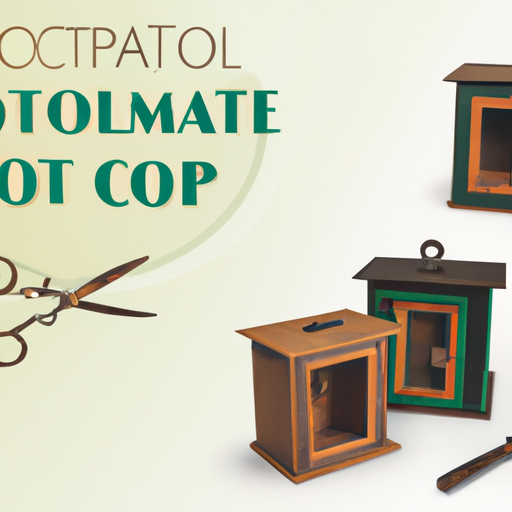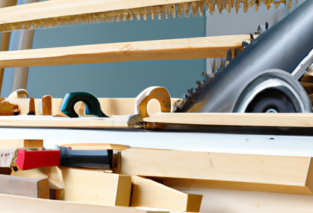In this article, we will explore various methods and techniques that you can use to repair and restore old or damaged wooden furniture. Whether you have a cherished piece with sentimental value or a thrift store find in need of some TLC, we will guide you through step-by-step processes to bring your furniture back to its former glory. From fixing scratches and dents to refinishing and reupholstering, you will learn valuable tips and tricks to rejuvenate your wooden furniture and make it look as good as new. So, let’s get started on this journey of furniture restoration together!
Inspecting the Furniture
Identify the extent of damage
Before you begin the repair and restoration process, it’s crucial to inspect the furniture thoroughly and identify the extent of damage. Look for any cracks, splits, loose joints, missing or damaged pieces, or layers of old finishes. Take note of all the areas that require attention and make a list of the necessary repairs.
Examine the joints and connections
Next, focus on examining the joints and connections of the furniture. Check if any of the joints are loose or broken. This is a common issue in old wooden furniture, and it’s essential to address it to ensure the structural stability of the piece. Identify which joints need repairing and ensure that they are properly fixed to prevent further damage.
Repairing Damaged Parts
Fixing cracks and splits
One of the common issues with old wooden furniture is the presence of cracks and splits. To fix this, you will need to apply wood glue to the affected area and carefully clamp the pieces together until the glue dries. Once the glue has dried, use sandpaper to smooth out any unevenness and blend it in with the rest of the piece.
Repairing loose or broken joints
If you come across loose or broken joints, it’s essential to repair them promptly. First, remove any old glue or debris from the joint using a chisel or scraper. Then, apply wood glue to both surfaces of the joint and clamp them together tightly. Allow the glue to dry completely before removing the clamps. This process will ensure that the joint is strong and secure.
Replacing missing or damaged pieces
In some cases, you may come across missing or severely damaged pieces of wooden furniture. If the missing piece is small, you can consider creating a replica using a similar type of wood and carving it to match the design. For larger or more intricate pieces, it may be best to consult a professional or find a replacement from a specialized store.
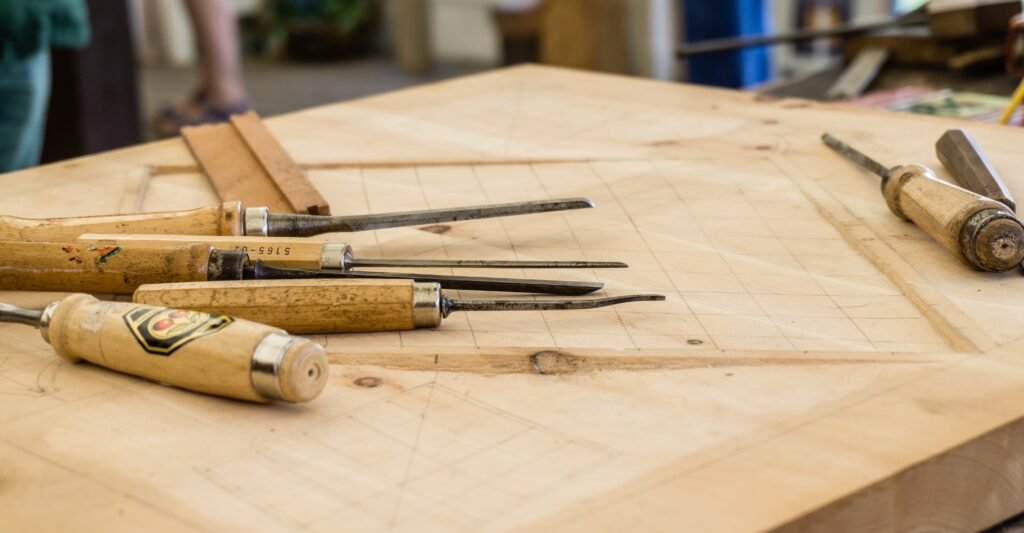
Stripping and Removing Old Finish
Choosing the appropriate stripping method
To restore the wooden furniture to its original state, you will need to remove the old finish. There are various stripping methods available, including chemical strippers, heat guns, and sanding. Choose the method that is most suitable for your furniture based on its size, type of finish, and your comfort level with the process.
Removing layers of paint or varnish
Once you have chosen the stripping method, carefully follow the instructions to remove the layers of paint or varnish from the furniture. Work in a well-ventilated area and wear gloves and protective eyewear. Use a scraper, sandpaper, or other appropriate tools to remove the finish evenly, ensuring that you don’t damage the wood underneath.
Sanding and Smoothing the Surface
Selecting the right sandpaper grit
After removing the old finish, it’s time to sand and smooth the surface of the furniture. Start with a coarse grit sandpaper to remove any remaining imperfections or roughness. Gradually move to finer grit sandpaper to achieve a smooth and even surface. Be sure to sand with the grain of the wood to avoid causing any scratches or damage.
Removing scratches and imperfections
While sanding, pay attention to any scratches or imperfections on the surface of the furniture. Use a finer grit sandpaper or a sanding block to target these areas specifically. Be patient and work slowly to achieve a seamless and flawless result. Once you are satisfied with the smoothness of the surface, wipe away any dust or debris before proceeding to the next step.
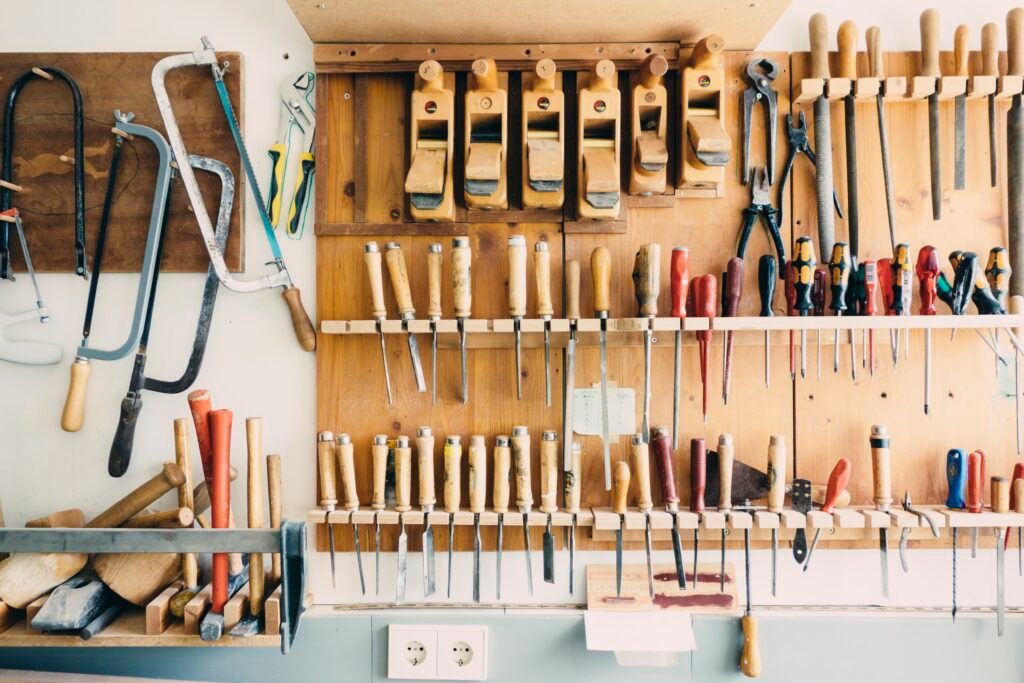
Staining or Painting the Wood
Choosing the suitable stain or paint
After sanding, you have the option to either stain or paint the wood, depending on your preference and the desired look. Staining allows the natural beauty and grain of the wood to shine through, while painting offers an opportunity to add a pop of color or a new aesthetic to the piece. Choose a stain or paint that complements the style of the furniture and the overall décor of the room.
Applying an even and smooth coat
Before applying the stain or paint, make sure the surface of the furniture is clean and free from any dust or debris. Stir the stain or paint well to ensure an even consistency. Use a brush, roller, or spray gun to apply the stain or paint in smooth and even strokes, working with the grain of the wood. Allow the first coat to dry completely before applying subsequent coats, if necessary.
Applying Protective Finish
Selecting the appropriate finish
To protect the newly restored wood and enhance its durability, it’s essential to apply a protective finish. There are various options available, including varnish, lacquer, shellac, or wax. Choose a finish that suits your furniture and provides the level of protection you desire. Read the instructions carefully and apply the finish in thin and even layers, allowing sufficient drying time between each coat.
Applying multiple coats for durability
For added durability, it’s recommended to apply multiple coats of the protective finish. Each additional coat will provide a stronger barrier against potential damage and wear. Be sure to follow the instructions regarding drying time and sanding between coats if necessary. Take your time during this process to achieve a long-lasting and quality finish.
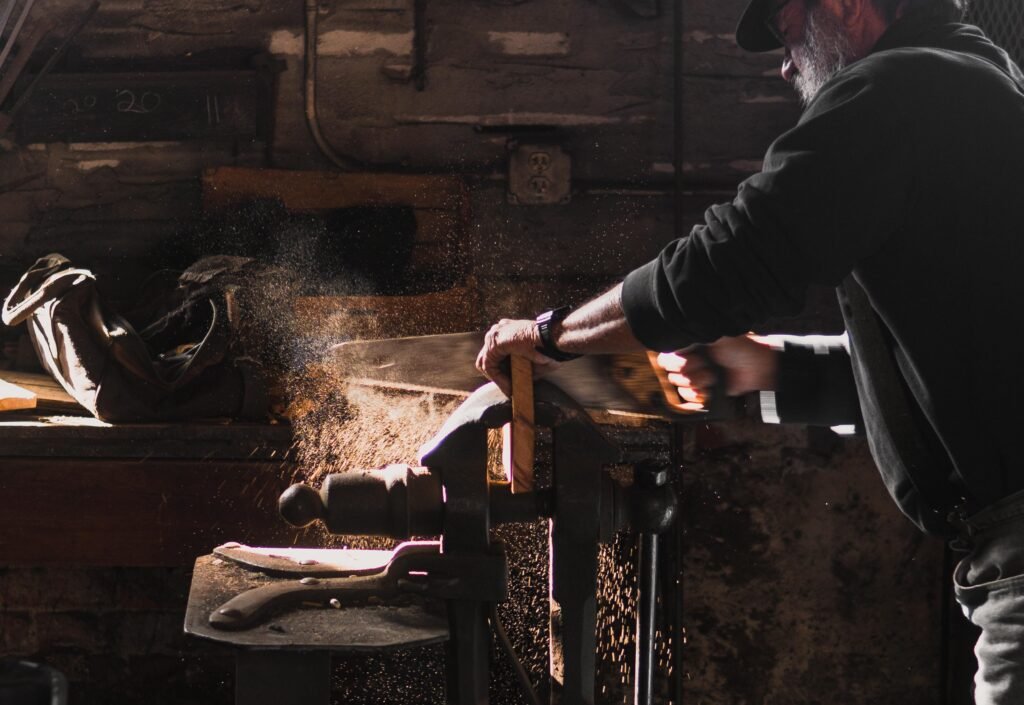
Replacing Hardware and Accessories
Identifying necessary replacement parts
While restoring old wooden furniture, you may come across damaged or missing hardware and accessories such as handles, knobs, or hinges. Inspect the furniture and make a list of the necessary replacement parts. Visit a hardware store or search online for suitable replacements that match the style and size of the original hardware.
Installing new handles or knobs
Once you have the replacement hardware, carefully remove the old handles or knobs and install the new ones. Use a screwdriver or appropriate tool to secure them firmly in place. Take your time during this step to ensure that the new hardware is aligned correctly and operates smoothly. This small detail can make a significant difference in the overall appearance and functionality of the furniture.
Reassembling and Reinforcing
Ensuring proper alignment and fit
After completing all the necessary repairs, it’s time to reassemble the furniture. Ensure that all the pieces fit together properly and align correctly. Double-check the joints and connections to confirm that they are secure and won’t come loose over time. Take your time during this step, and make any necessary adjustments to ensure the furniture is stable and structurally sound.
Strengthening weak or wobbly sections
If you notice any weak or wobbly sections, consider reinforcing them before reassembling. This can be done by adding additional support brackets or braces, or by using wood glue and clamping to strengthen the joints. Reinforcing these areas will improve the stability of the furniture and prolong its lifespan.
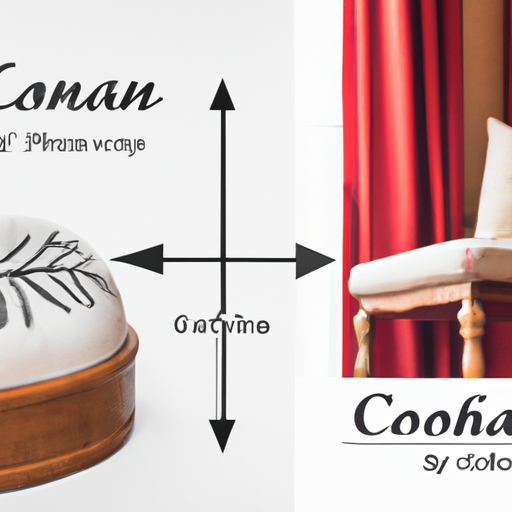
Cleaning and Polishing
Using gentle cleaners to remove dirt
Once the furniture is fully repaired and restored, it’s essential to clean it thoroughly to remove any dirt or residue. Use a gentle cleaner specifically designed for wood furniture, and follow the instructions carefully. Avoid using harsh chemicals or abrasive cleaners that can damage the finish or wood surface. Take your time and clean all the surfaces, corners, and crevices of the furniture.
Polishing the wood for a shiny finish
After cleaning, you can enhance the beauty of the restored wood by applying a wood polish. Choose a polish that is suitable for the type of finish you applied and follow the instructions for application. Use a soft cloth or a polishing brush to evenly distribute the polish and achieve a shiny and lustrous finish. Regular polishing will help maintain the appearance and longevity of your restored wooden furniture.
Conclusion
Congratulations! You have successfully repaired and restored your old or damaged wooden furniture. By following these steps and putting in the necessary time and effort, you have preserved the beauty and functionality of the piece. Now, sit back, relax, and enjoy your restored furniture, knowing that it will bring joy and charm to your home for years to come.
